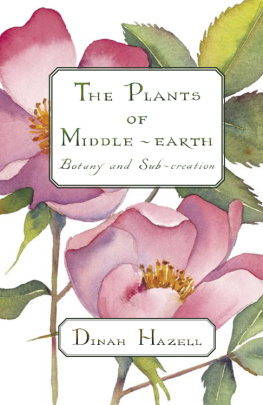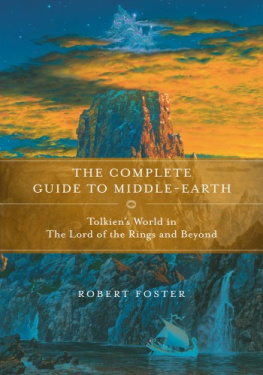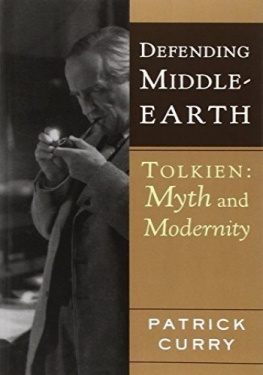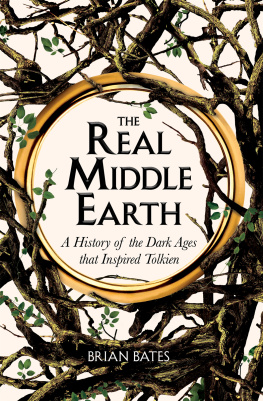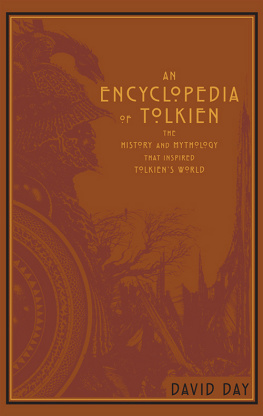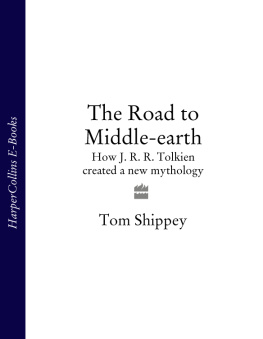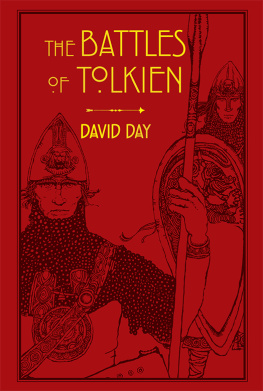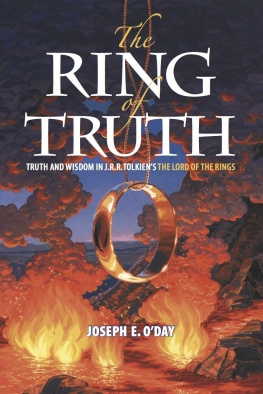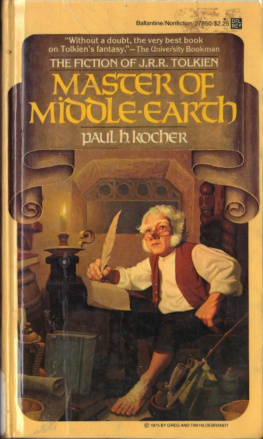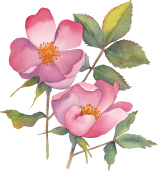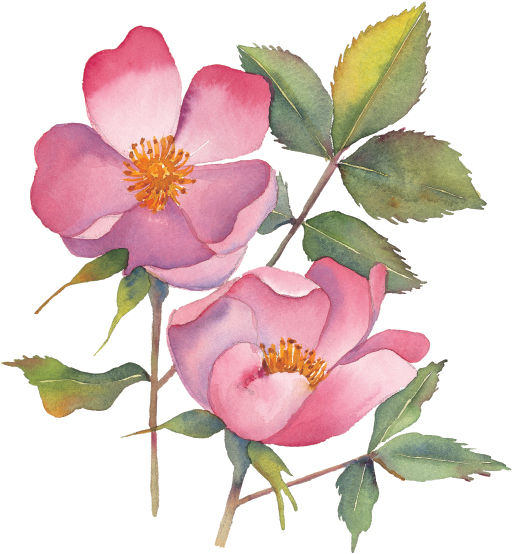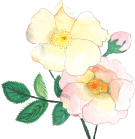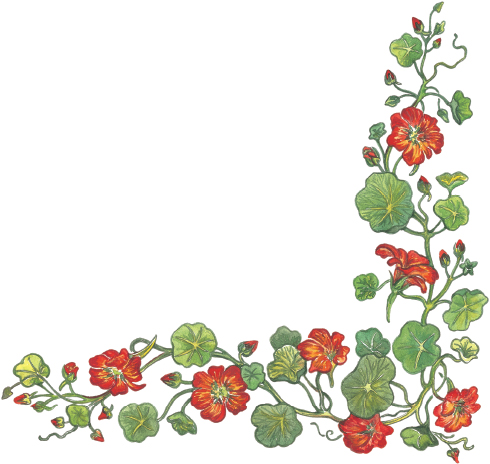Dinah Hazell - The Plants of Middle-earth: Botany and Sub-Creation
Here you can read online Dinah Hazell - The Plants of Middle-earth: Botany and Sub-Creation full text of the book (entire story) in english for free. Download pdf and epub, get meaning, cover and reviews about this ebook. year: 2014, publisher: The Kent State University Press, genre: Home and family. Description of the work, (preface) as well as reviews are available. Best literature library LitArk.com created for fans of good reading and offers a wide selection of genres:
Romance novel
Science fiction
Adventure
Detective
Science
History
Home and family
Prose
Art
Politics
Computer
Non-fiction
Religion
Business
Children
Humor
Choose a favorite category and find really read worthwhile books. Enjoy immersion in the world of imagination, feel the emotions of the characters or learn something new for yourself, make an fascinating discovery.
- Book:The Plants of Middle-earth: Botany and Sub-Creation
- Author:
- Publisher:The Kent State University Press
- Genre:
- Year:2014
- Rating:5 / 5
- Favourites:Add to favourites
- Your mark:
The Plants of Middle-earth: Botany and Sub-Creation: summary, description and annotation
We offer to read an annotation, description, summary or preface (depends on what the author of the book "The Plants of Middle-earth: Botany and Sub-Creation" wrote himself). If you haven't found the necessary information about the book — write in the comments, we will try to find it.
A new path for exploring the culture and values of Tolkiens Middle-earth
Rather than inventing an alien world into which human and familiar characters are introduced, as in science fiction, Tolkien created a natural environment that is also home to supernatural beings and elements, as in medieval works like Beowulf. The Shire is always the touchstone to which the hobbits return mentally and against which they (and we) measure the rest of Middle-earth. By creating a sense of familiarity and belonging early and then in each of the cultures encountered, we can meet others without feeling estranged. from the Introduction
Beautifully illustrated with dozens of original full-color and black-and-white drawings, The Plants of Middle-earth connects readers visually to the world of Middle-earth, its cultures and characters and the scenes of their adventures. Tolkiens use of flowers, herbs, trees, and other flora creates verisimilitude in Middle-earth, with the flora serving important narrative functions. This botanical tour through Middle-earth increases appreciation of Tolkiens contribution as preserver and transmitter of English cultural expression, provides a refreshing and enlivening perspective for approaching and experiencing Tolkiens text, and allows readers to observe his artistry as sub-creator and his imaginative life as medievalist, philologist, scholar, and gardener.
The Plants of Middle-earth draws on biography, literary sources, and cultural history and is unique in using botany as the focal point for examining the complex network of elements that comprise Tolkiens creation. Each chapter includes the plants description, uses, history, and lore, which frequently lead to their thematic and interpretive implications. The book will appeal to general readers, students, and teachers of Tolkien as well as to those with an interest in plant lore and botanical illustration.
Dinah Hazell: author's other books
Who wrote The Plants of Middle-earth: Botany and Sub-Creation? Find out the surname, the name of the author of the book and a list of all author's works by series.

